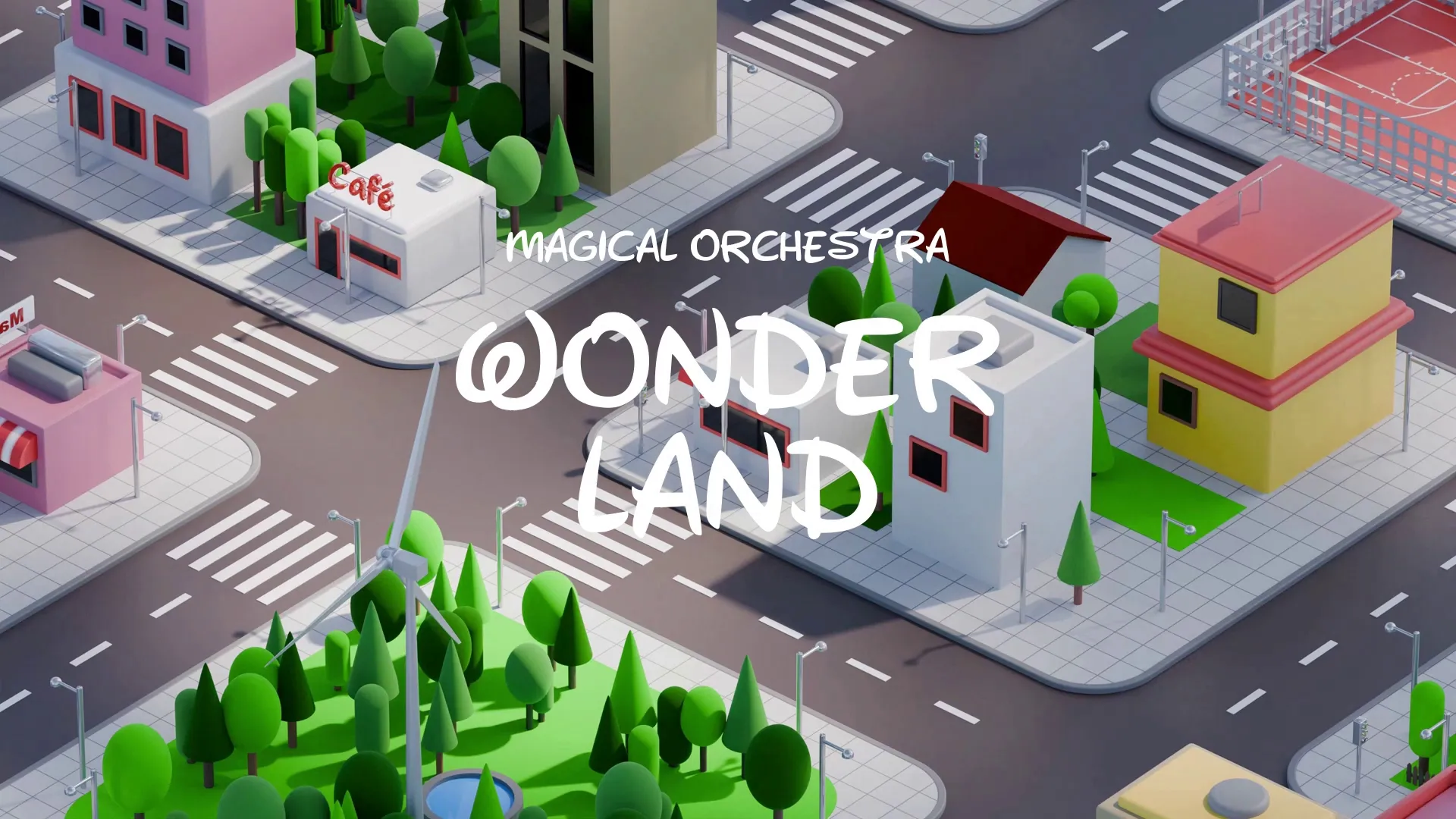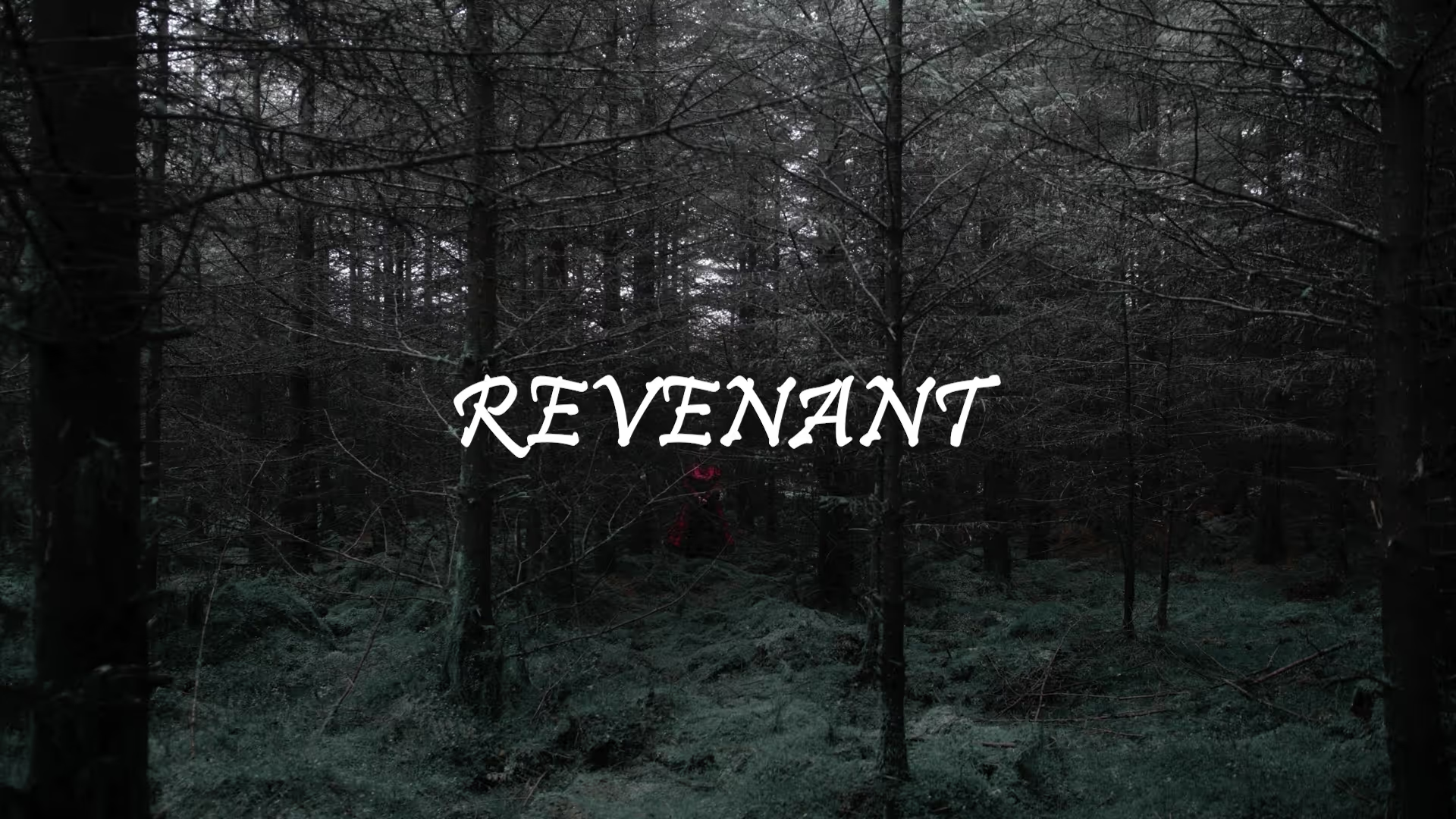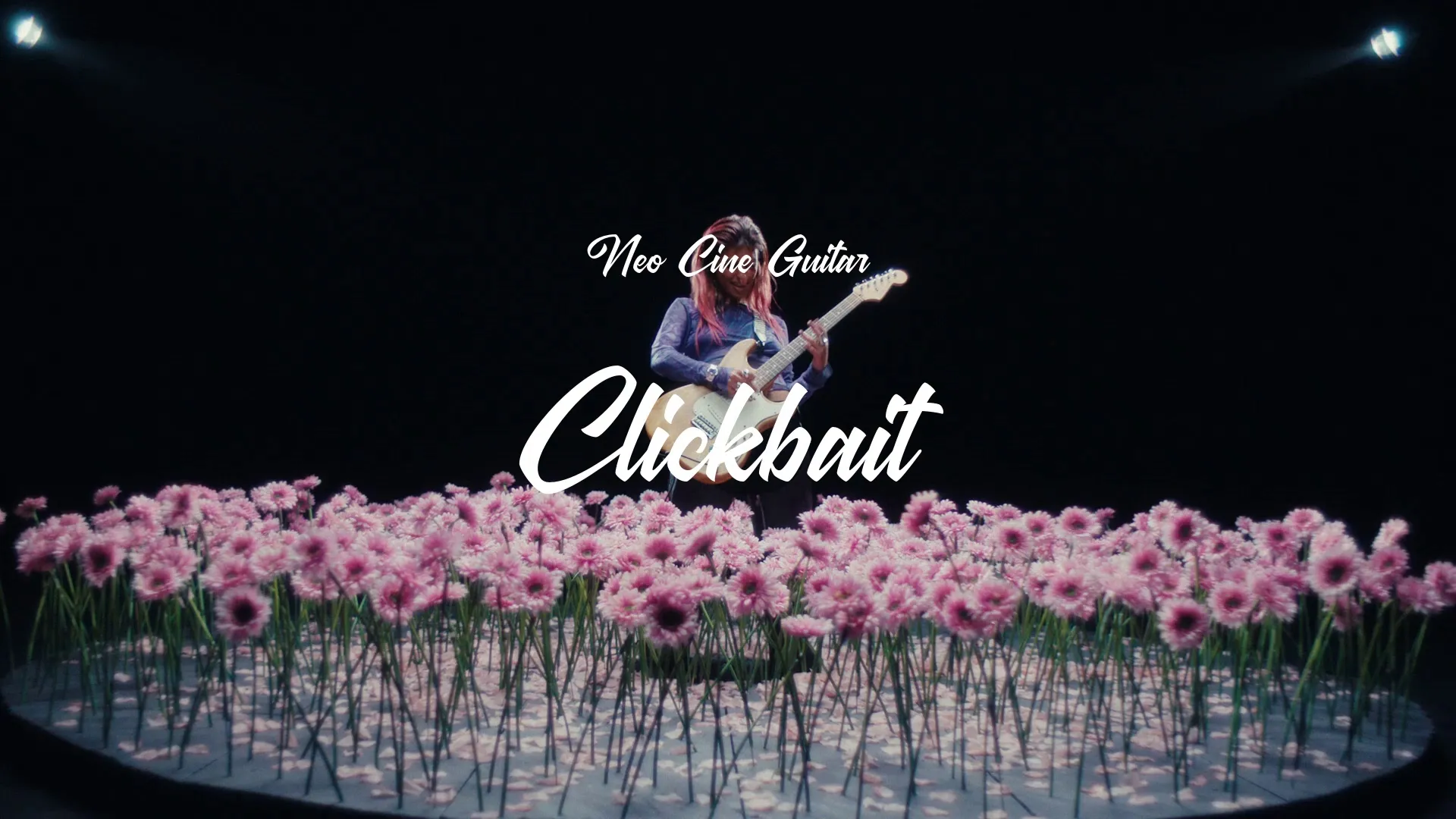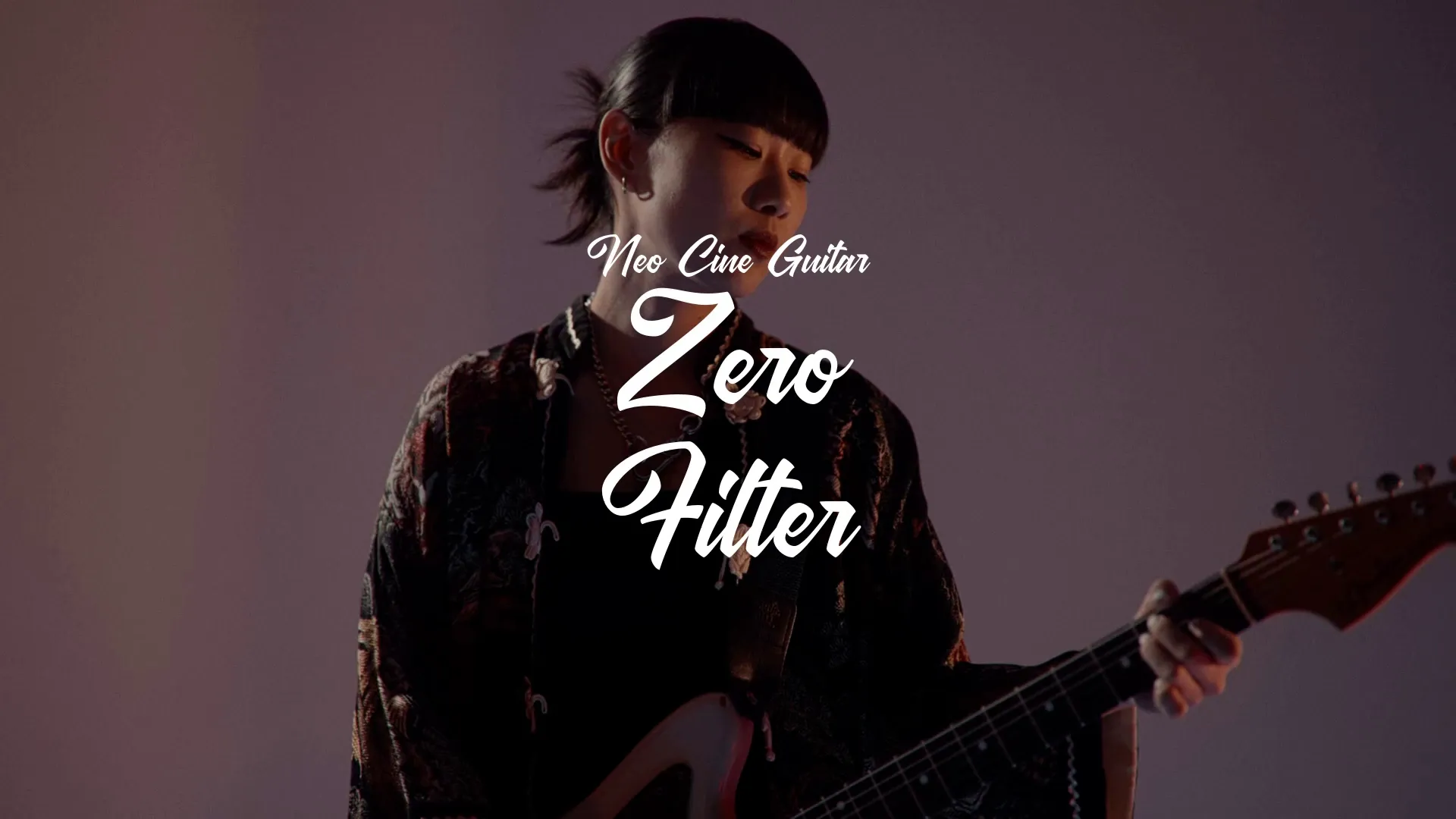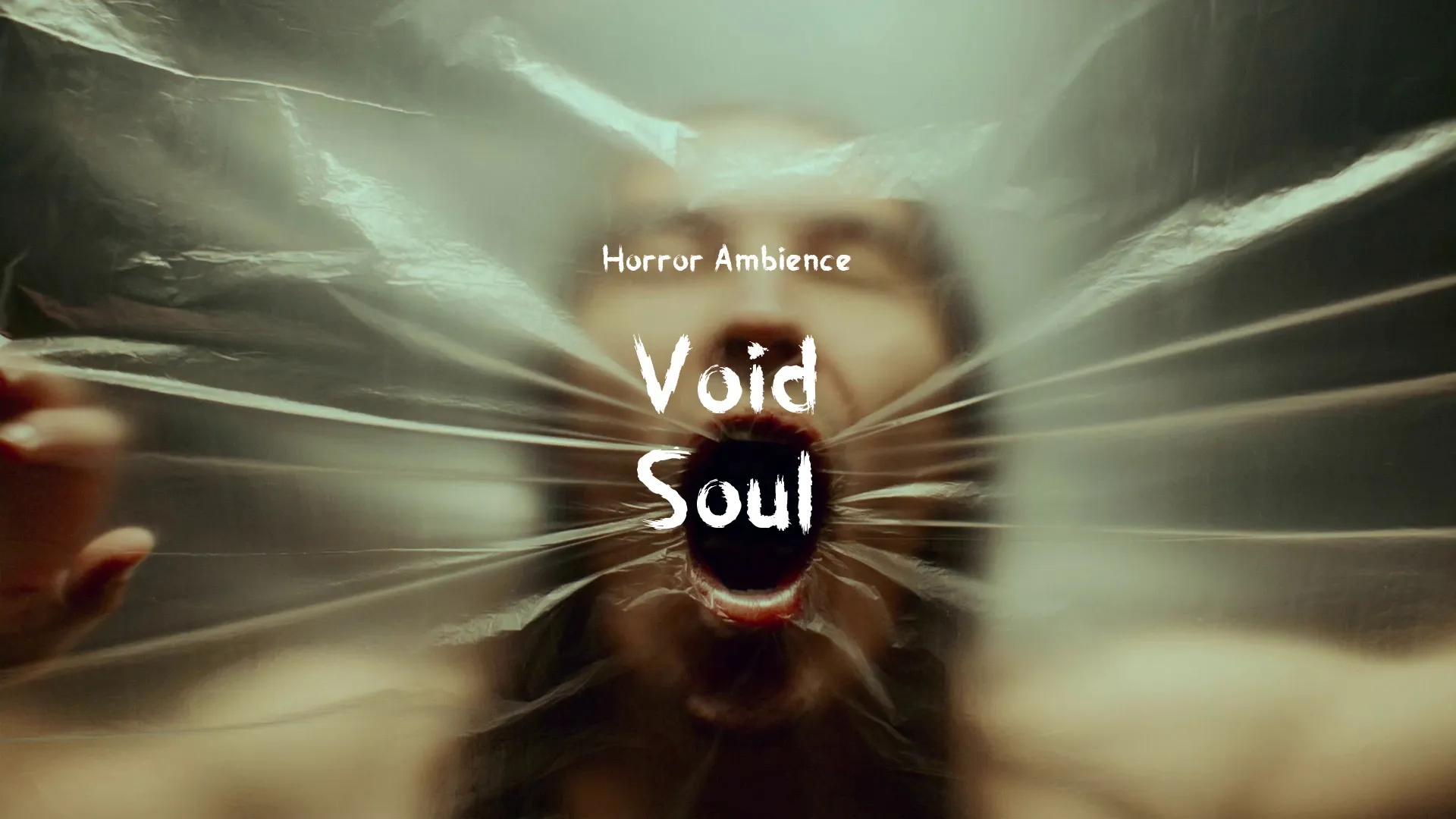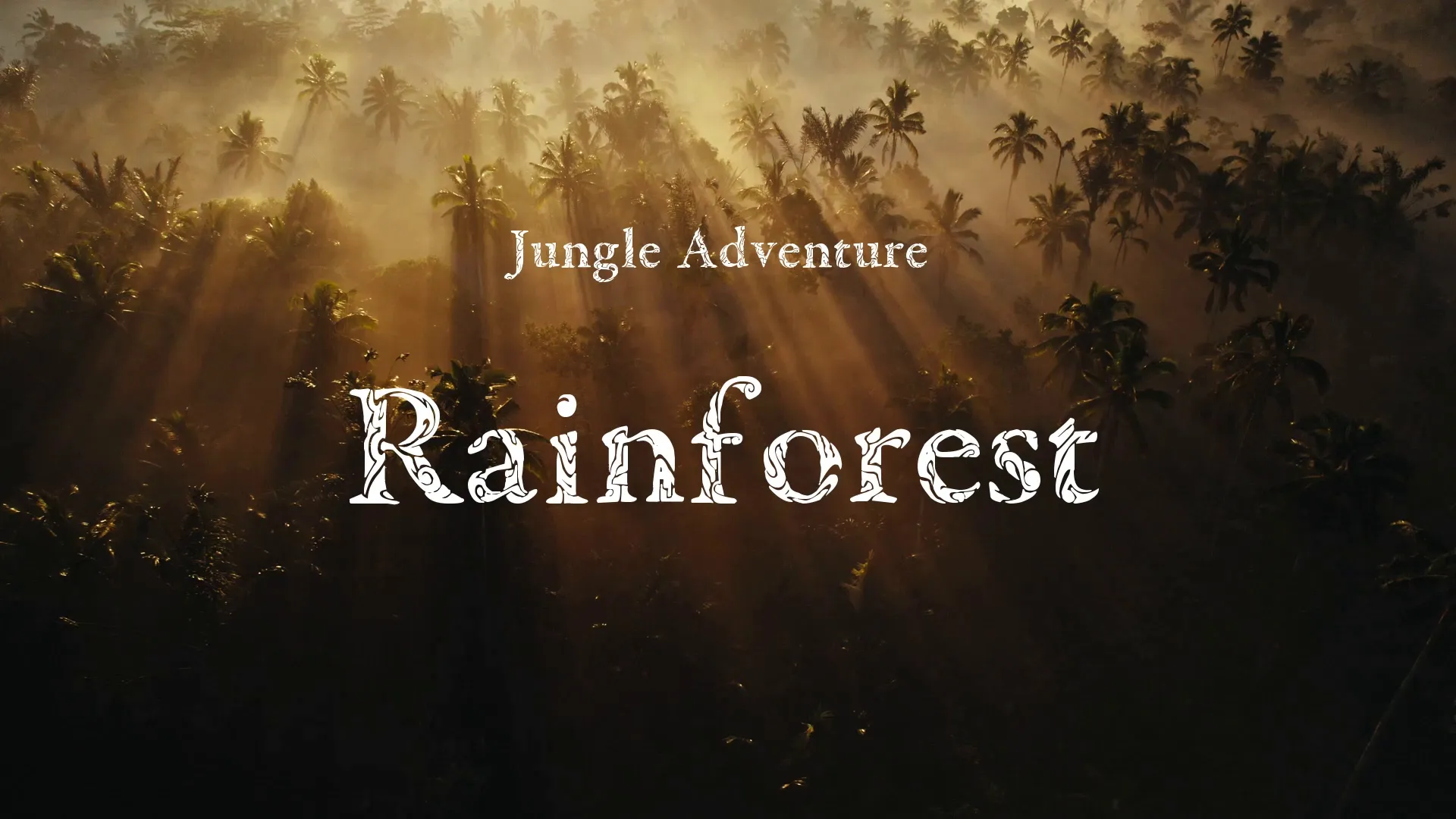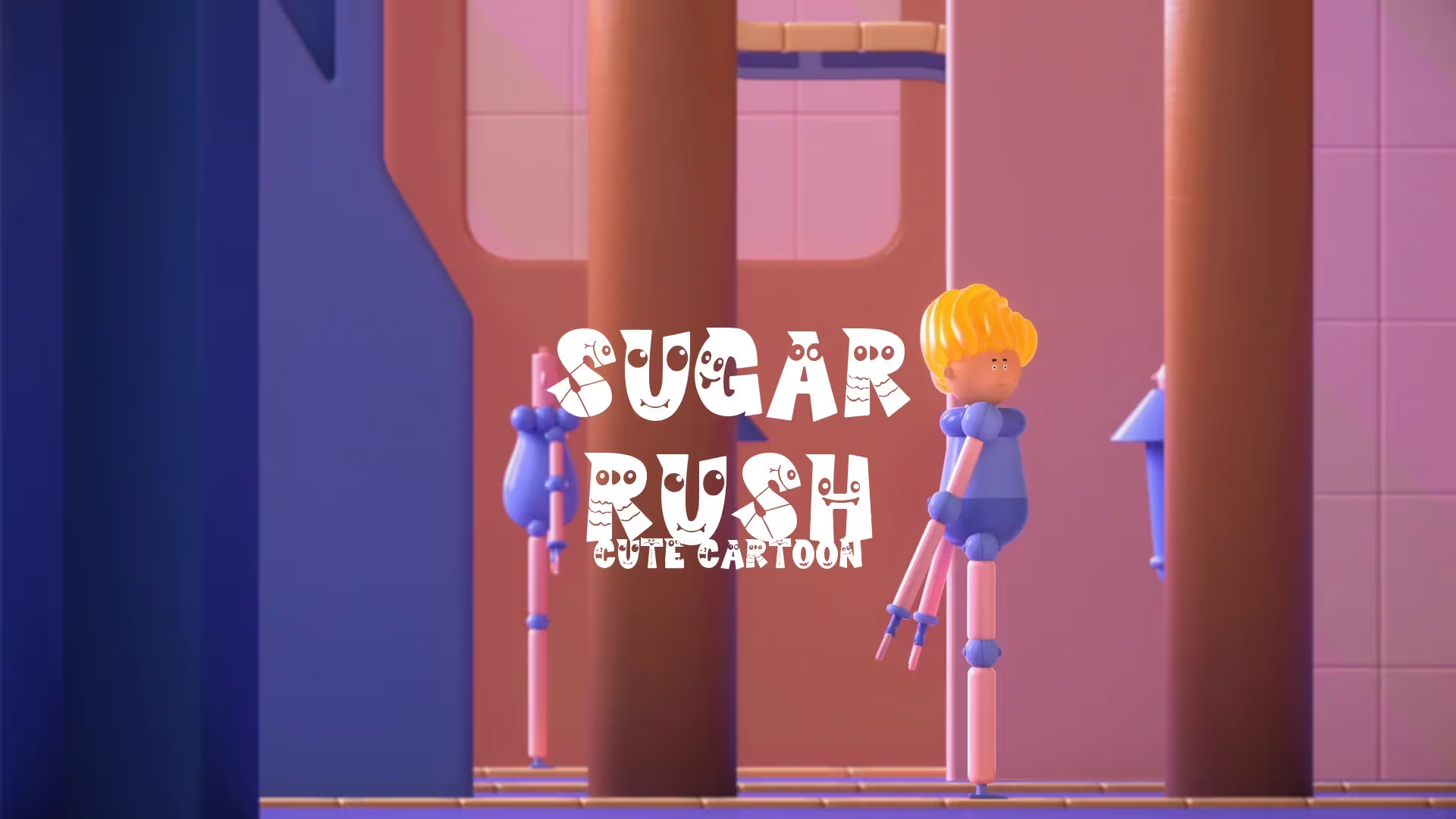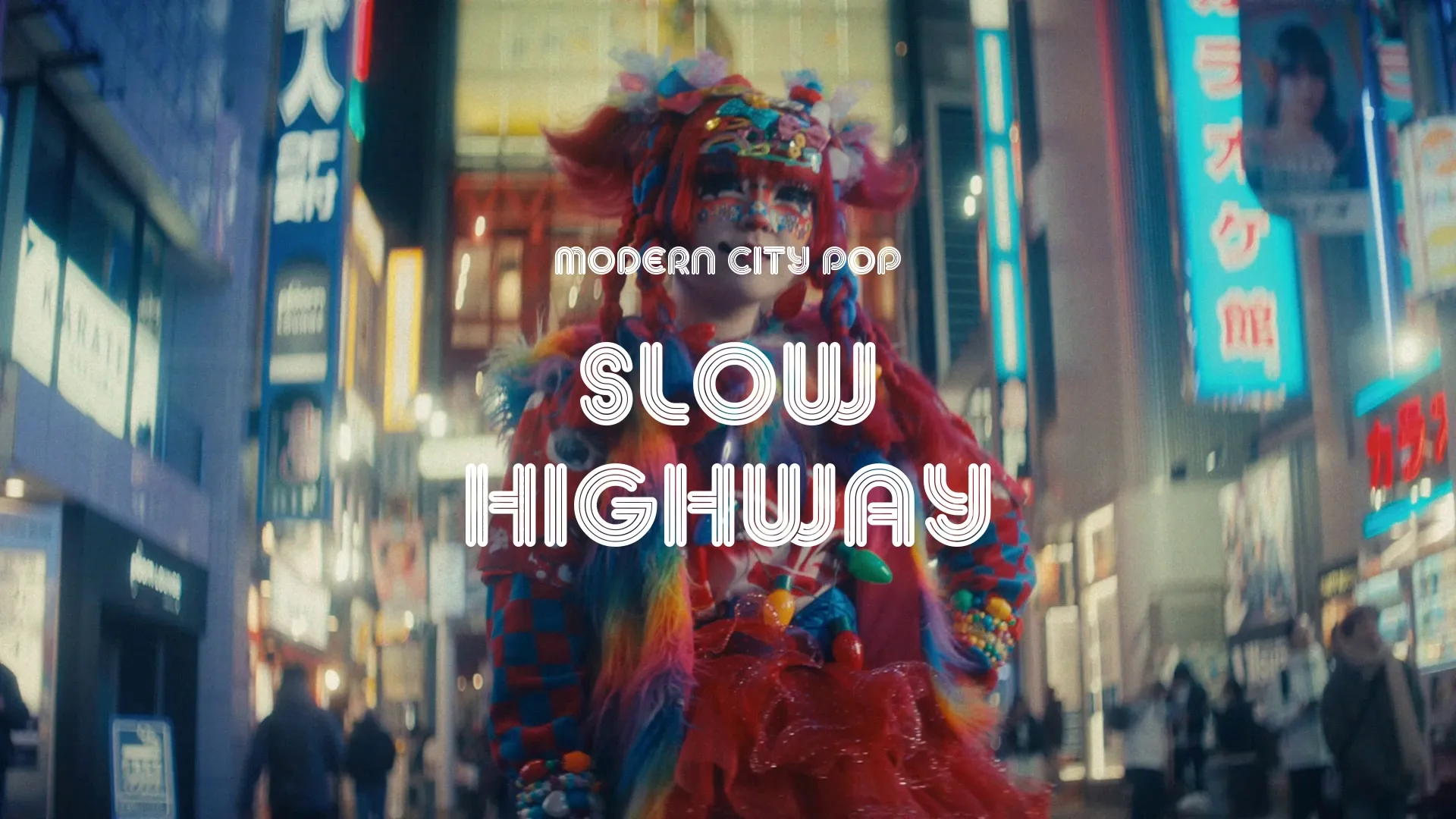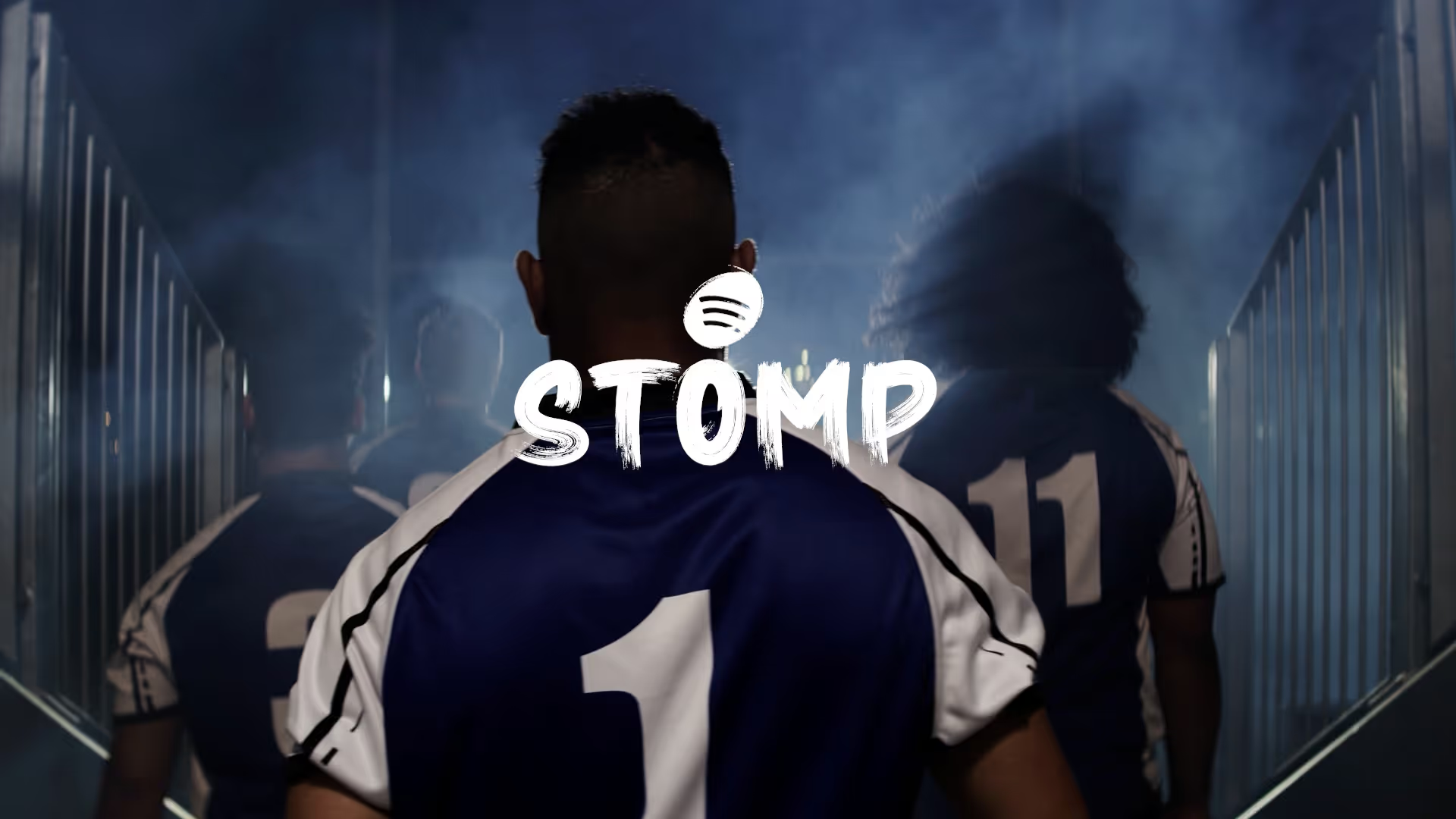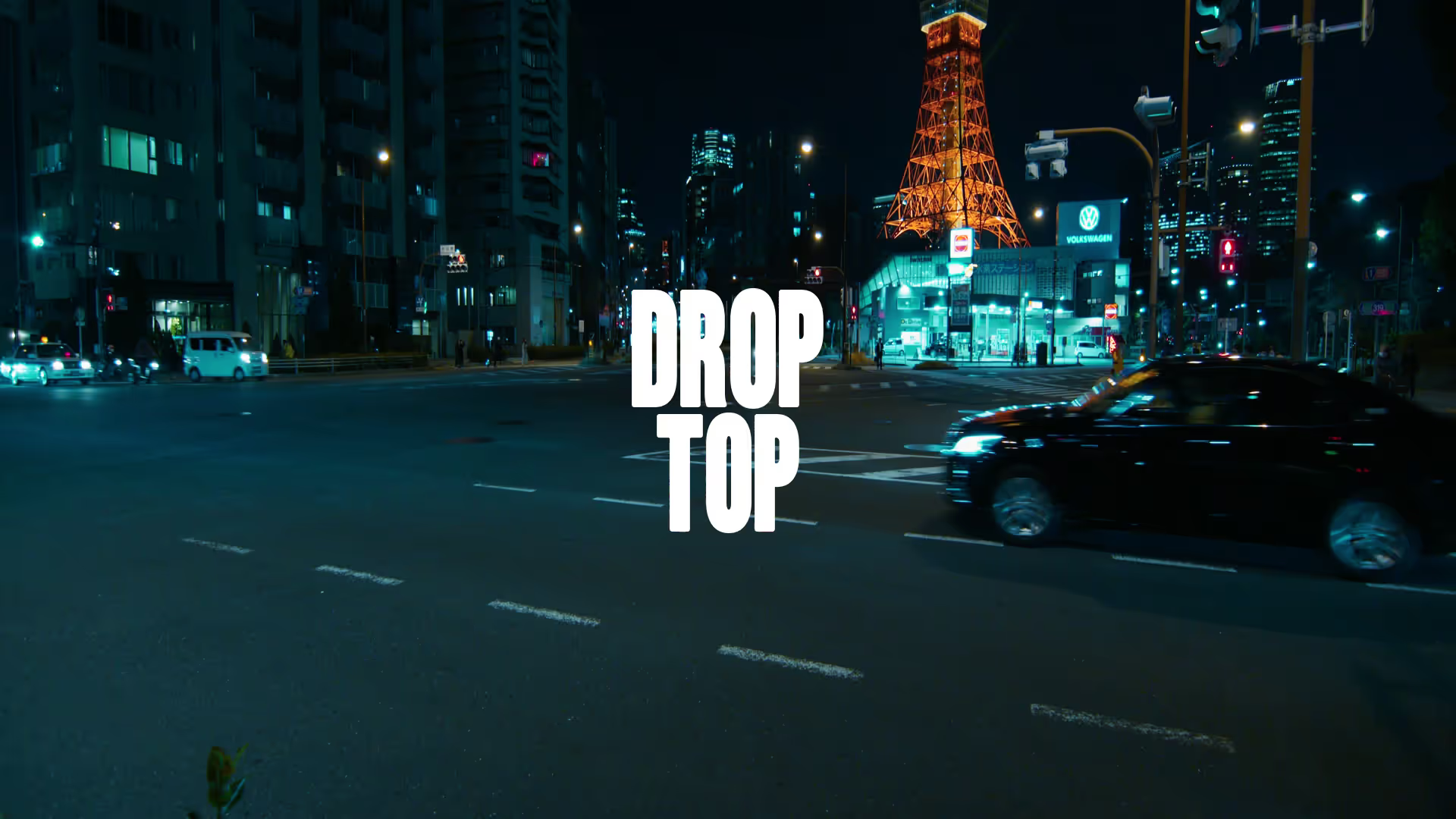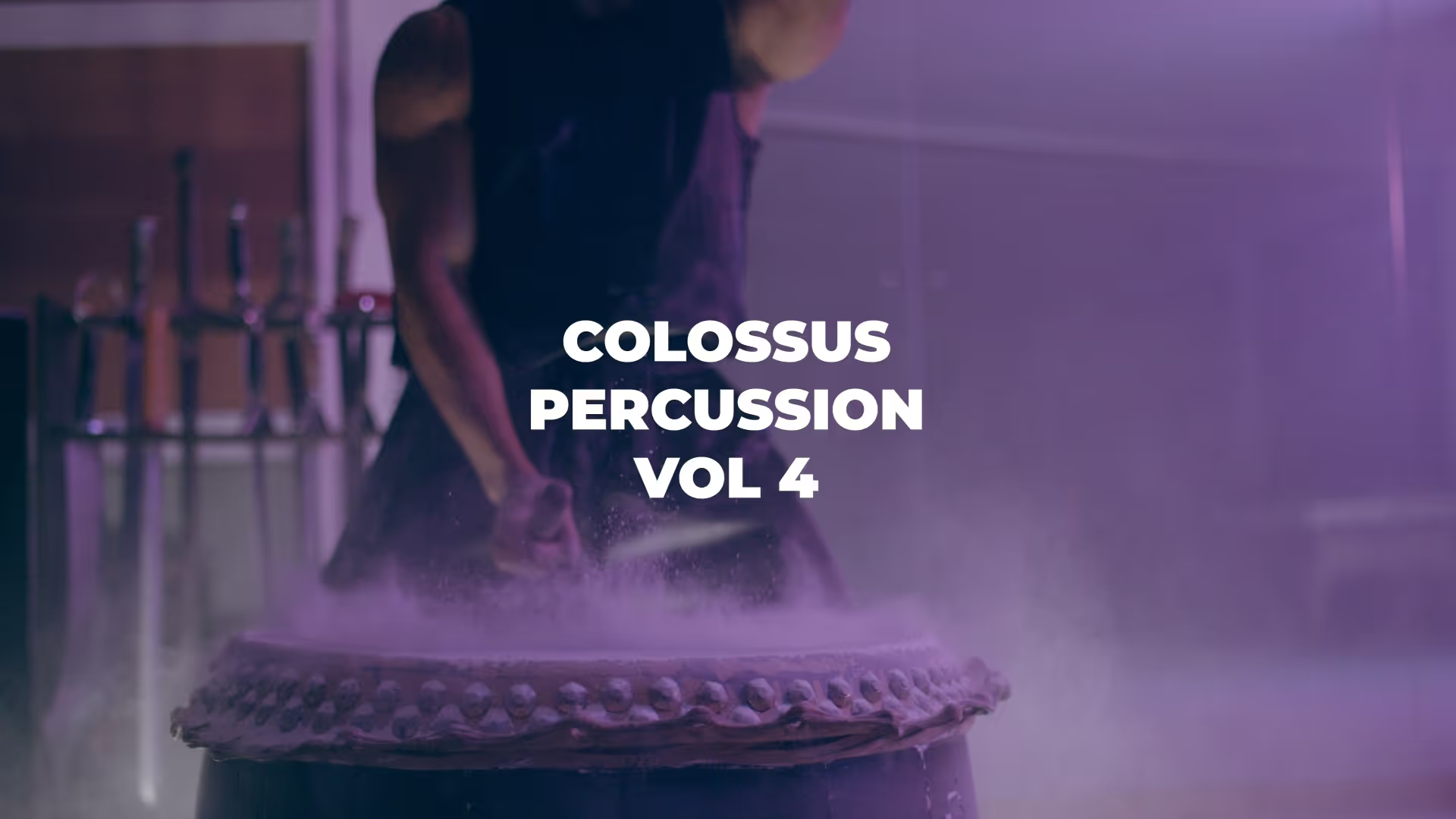Beyond Photorealism: Is Hyper-Realistic Gaming Stifling Art and Innovation?
Is the relentless pursuit of photorealism in gaming truly serving the art form, or is it leading us down a path of diminishing returns? We sat down with Dr. Evelyn Reed, a game design theorist and Professor of Interactive Media at the University of Aethel, to discuss the ethical, artistic, and technological implications of hyper-realistic textures. Her insights challenge the conventional wisdom that “better graphics” automatically equate to a better gaming experience.
The Illusion of Immersion: Is Photorealism a False Promise?
Interviewer: Dr. Reed, thank you for joining us. Let’s start with the core argument: you believe hyper-realistic textures are detrimental to the industry. Why?
Dr. Reed: The illusion of immersion, often conflated with photorealistic graphics, is a dangerous trap. We’re prioritizing technical achievement over artistic expression and genuine gameplay innovation.
Immersion isn’t solely about how real something looks; it’s about how engaging and believable the experience is.
Consider Disco Elysium. Its stylized, almost painterly art style creates a deeply immersive world despite, or perhaps because of, its deliberate lack of photorealism.
This stylistic choice invites player imagination, which creates more profound engagement.
Interviewer: So, you’re suggesting that hyper-realism can actually hinder immersion?
Dr. Reed: Precisely. The uncanny valley effect is well-documented.
The closer we get to perfect realism, the more jarring even minor imperfections become.
These imperfections, often unavoidable, shatter the illusion more effectively than a stylized art style ever could. Cyberpunk 2077 suffered greatly from this issue upon release.
Furthermore, consider the mental load. Hyper-realistic textures overload the player with visual information, potentially overwhelming them and detracting from the core gameplay experience. Simplified graphics can be more effective at conveying information and guiding player attention.
Interviewer: This is a fascinating perspective. Does this pursuit of photorealism affect gameplay mechanics?
Dr. Reed: Absolutely. Resources that could be allocated to innovative gameplay mechanics or deeper narrative experiences are instead poured into creating increasingly detailed textures. This leads to a stagnation in core gameplay design, where visual fidelity is prioritized over engaging and meaningful interactions.
Create a free account, or log in.
Gain access to free articles, game development tools, and game assets.





